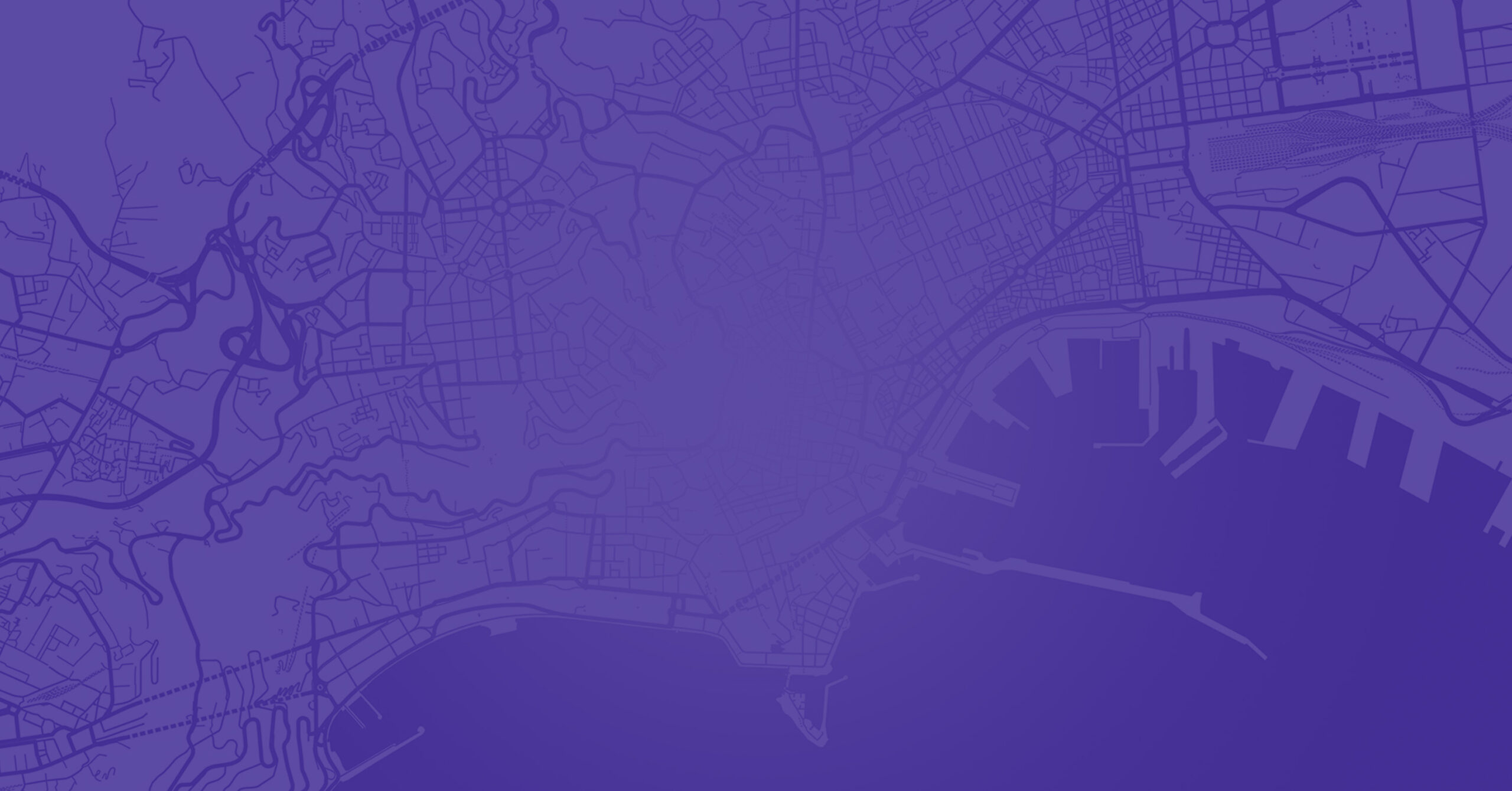Linguistic Research
Rut Foundation has started work for the construction of a digital terminological resource starting from the computational analysis of the book of Rut, a text contained in the Hebrew and Christian Bible, written in Hebrew and its drafting, by unknown authors, is placed by various scholars between the 5th and 2nd century BC…



